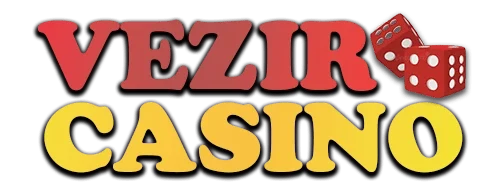The evolution from the PSP to the PlayStation 5 tells a story of innovation and ambition, with each step marked by the pursuit of the best games. The PSP proved that handheld systems could rival consoles in storytelling and scope, while modern PlayStation consoles have expanded those lessons to deliver cinematic masterpieces. DIPO4D Together, they illustrate how Sony has consistently raised the bar for what players can expect from PlayStation games.
During its lifespan, the PSP hosted landmark titles that expanded beloved franchises. Crisis Core: Final Fantasy VII offered an emotional prequel that enriched the mythos of one of gaming’s most iconic stories, while Metal Gear Solid: Peace Walker provided a portable entry that was as complex and engaging as its console counterparts. These PSP games were not watered-down side projects but essential experiences that showed handhelds could host the best games in their series.
Meanwhile, the transition to PlayStation 4 and PlayStation 5 saw Sony building upon this foundation, crafting games that combined technical brilliance with storytelling depth. Titles like The Last of Us Part II and Spider-Man: Miles Morales showcased how PlayStation games could balance cinematic presentation with interactivity. Much like the PSP era, these modern entries reinforced the brand’s reputation as the home of the best games across genres, from action to role-playing to experimental indie creations.
This continuity across generations highlights Sony’s ability to innovate while staying true to its core philosophy. The PSP taught the world that handhelds could deliver quality, while modern consoles prove that home gaming can rival cinema in emotional and visual power. Whether portable or on a 4K television, PlayStation games consistently stand as some of the best games ever made. That link between past and present defines Sony’s enduring legacy.
